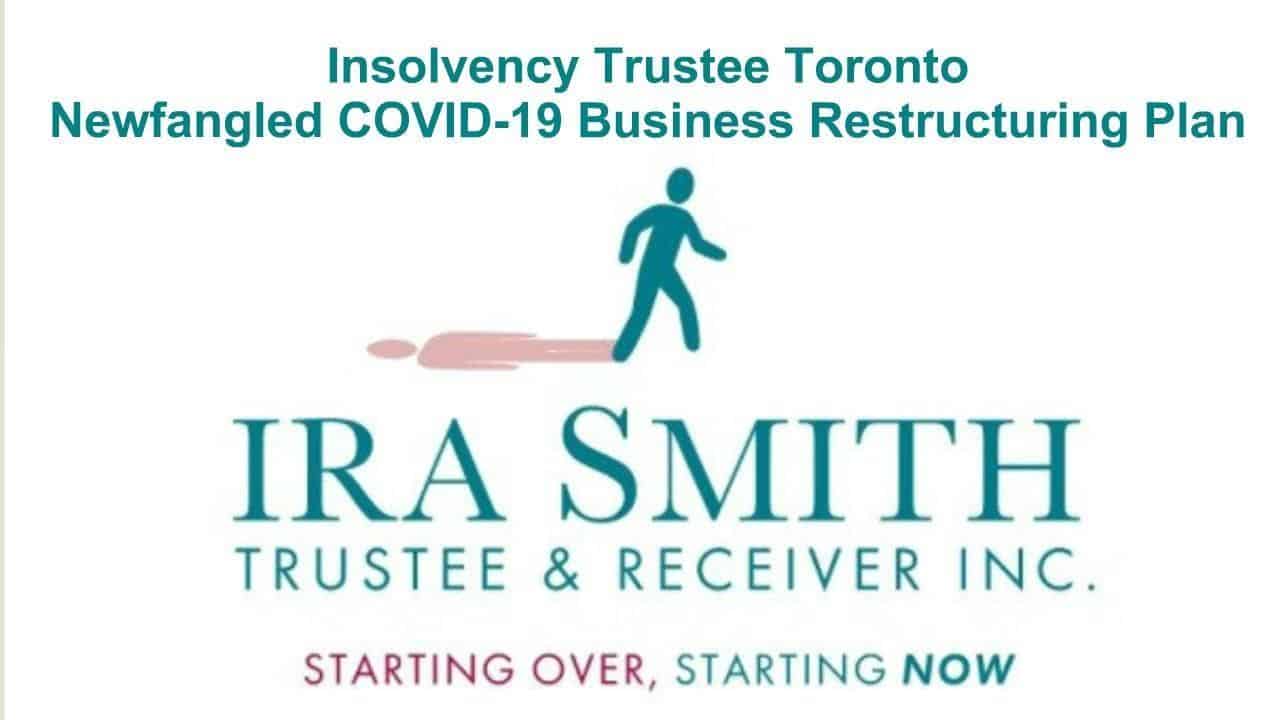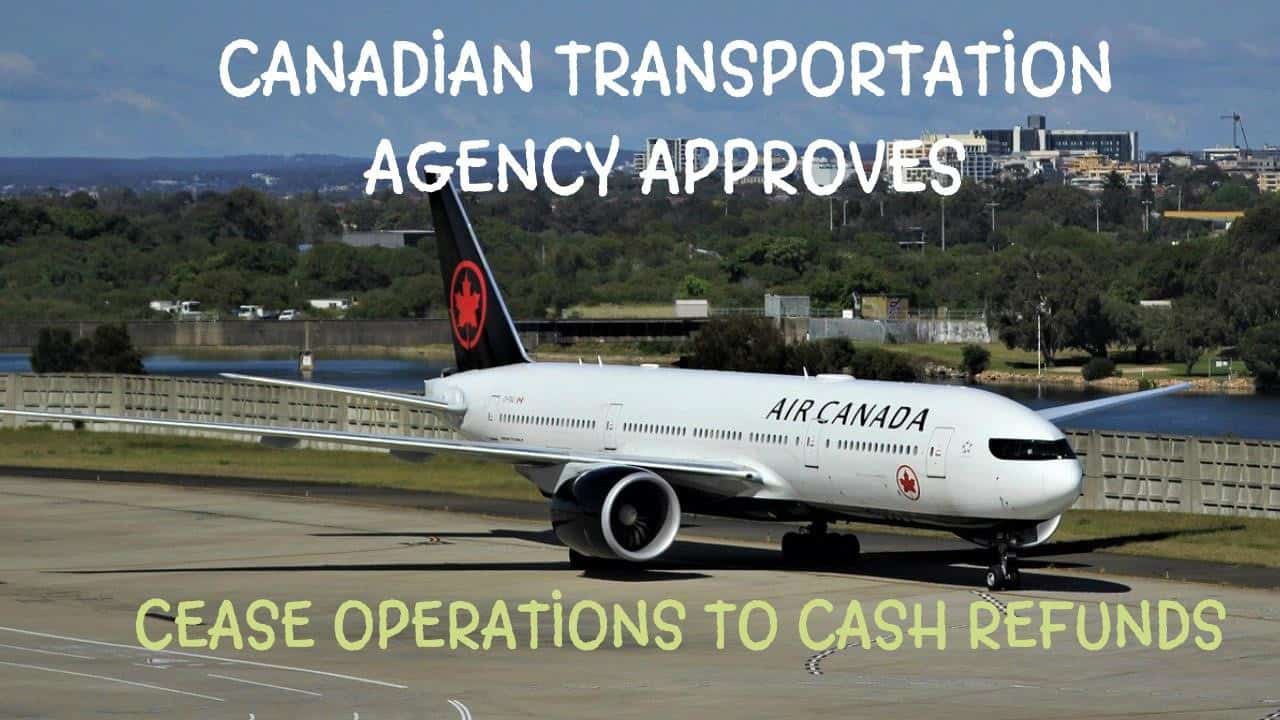The Ira Smith Team is absolutely operational and Ira, in addition to Brandon Smith, is readily available for a telephone consultation or video meeting.
Stay healthy, well balanced and safe and secure everyone.
[monkeytools msnip=”https://monkeyplayr.com/playr.php?u=5173&p=22272″]
Bankruptcies in Ontario -Introduction
Much of the insolvency chatter developing from the COVID-19 pandemic world in which we find ourselves is now concentrating on the waterfall of brand-new bankruptcies in Ontario that are predicted to arrive. I have previously written about some of the big-name US retailers that have filed for Chapter 11 bankruptcy protection.
Businesses shut down, job losses, government funding for people and businesses to try to hang on through this coronavirus are all in the headlines. What our “new normal” will look like and which companies and jobs will survive, right now, is anybody’s guess.
In this Brandon’s Blog, I want to highlight things creditors must know about canadian bankruptcy and bankruptcies in Ontario. By being well-versed, creditors will hopefully be able to better understand what is in store for them and for the debtors.
1. Bankruptcies in Ontario – the automatic stay of proceedings
In Canadian insolvency matters, an automatic stay of proceedings happens when a company or person files under the Bankruptcy and Insolvency Act (Canada) (BIA) for either:
The stay of proceedings is automatic under the BIA. Other than in one specific situation which I will touch on in a minute, absent proof that some sort of fraud is being committed on the court, a judge will not interfere with the automatic stay provisions. So an unsecured creditor will not be able to start or continue any action for collecting on a debt.
The one exception is in a restructuring where the major secured creditor goes to court and provides evidence that no matter what the restructuring may look like, they will never support it. The secured creditor would at the same time be requesting the court to lift the stay of proceedings so that they can enforce on their security.
Absent a restructuring proposal that promises to pay out that secured creditor 100% PLUS proof that the company or person has a realistic chance of refinancing to take out that secured creditor. Even in that situation, the court could give the debtor some time to pull it off, but it will be a very short lease. Otherwise, the secured creditor will probably get their wish and the restructuring effort will end.
In the case of a privately appointed receiver, there is no automatic stay of proceedings. This is notwithstanding that the conduct of the receiver in a private receivership is also governed by the BIA. The reason there is no automatic stay of proceedings is that a private receivership is not a filing under the BIA.
In either a court-appointed receivership or a corporate restructuring under the Companies’ Creditors Arrangement Act (Canada) (CCAA), the stay of proceedings authority does not come from statute per se. The respective statutes allow for the judge to order a stay of proceedings. That language is then incorporated into the court order appointing the receiver or authorizing the bankruptcy protection CCAA filing. In these cases, the court is available for anyone to make an application to lift the stay if they can prove that they are being prejudiced. Again, normally only secured creditors will be able to show prejudice.
2. Bankruptcies in Ontario – Know whether, when, and where proof of claim needs to be submitted
For bankruptcies in Ontario and restructurings, it is important to know what kind of insolvency proceeding is taking place. The notice you receive from the licensed insolvency trustee (formerly called a bankruptcy trustee) (Trustee) will tell you what kind of proceeding it is. It will also provide a proof of claim form to be completed. The notice will provide all the details.
It is important that you know:
- The details.
- How to complete a proof of claim form.
- Where to send it into.
- What timelines there may be.
Some creditors wish to file a proof of claim only so that if a dividend is declared they will get one. In that case, you can complete and file the proof of claim any time before the Trustee issues a final dividend. The Trustee must send a final notice to all named creditors who have not yet filed a proof of claim before issuing a final dividend.
Some creditors wish to actively participate in the insolvency process. They may wish to attend the meeting of creditors, vote on a restructuring proposal under the BIA. If creditors wish to actively participate in bankruptcies in Ontario, they should complete and file the proof of claim with the Trustee within the time-frame indicated in the notice accompanying the proof of claim form.
In a receivership, there will only be a need to file a proof of claim if the receiver has realized enough money from the sale of assets to pay out the trust claims and secured creditor claims in full and now has money for the unsecured creditors. This is very rare. In that situation, the receiver will conduct a claims bar process later on in the administration. That is when a notice with a blank proof of claim form will be sent out to the known creditors.
In a restructuring under the CCAA, first, the restructuring plan, called the Plan of Arrangement, is finalized. Then the Trustee will send out notices and blank proof of claim forms for creditors to complete and submit. Filling out the form at that stage will allow creditors to actively participate in the meeting and voting on the plan, as well as be in line to receive a payment.
3. Bankruptcies in Ontario – Obtaining a preference repayment from a future bankrupt debtor is not illegal or unethical, but you may have to give it back
If a customer of yours offers to pay you money, even if it turns out to be on the eve of an insolvency filing, take it! Always take the money; stress over any claim for it by a Trustee later.
The premise of the BIA is that all unsecured creditors will be treated equally. So, if certain unsecured creditors receive partial or full payment on the eve of filing, and then the debtor goes bankrupt, there is a presumption of a preference. The onus is on the creditor who received payment to rebut the presumption of a preference. If the Trustee is successful in attacking such a transaction, then the creditor must pay over the money to the Trustee. The creditor will also have spent money on its own legal fees. There will also probably be a cost award for all or a portion of the Trustee’s legal costs also.
Notwithstanding all this, it is better to have the money than not. Perhaps the Trustee will not knock on your door. Or, maybe you can avoid a lot of heartache by agreeing to and paying over a settlement amount that is less than 100% of what you received. Finally, there is a very limited number of defences to rebut the presumption of a preference. Perhaps your situation falls under one of them.
Taking the money is not immoral, unethical or illegal. You just may not be able to keep it if your customer files for bankruptcy after making the payment to you.
4. Bankruptcies in Ontario – review the Trustee’s Report very carefully and ask questions
The Trustee’s report outlines issues of importance regarding the conduct of the debtor both pre and post-filing. Sometimes, there may be an action that the Trustee could take to enhance the recovery of an asset, but lacks the funding to do so.
In those cases, a creditor or a group of creditors can choose to either:
- Fund the Trustee to take the action for the general benefit of all unsecured creditors.
- Get court approval to take the action in their own name under s.38 of the BIA.
It would be unusual for creditors to fund the Trustee. The simple reason is that they would be responsible for 100% of the costs but have to share any recovery with all the other unsecured creditors on a pro-rata basis. For this reason, it is not done.
Many times a creditor or group of creditors will choose to obtain court permission to take on the action in their own name. The court will insist that the creditor group make the opportunity to all creditors. However, a “buy-in” will be set. Most of the time other creditors won’t pony up to join in. Either they are not sophisticated enough to realize the potential benefit or they feel it is not worth their spending money in that way.
Under an s.38 action, if successful, the creditor can first pay back all its costs in doing the action. Next, they are entitled to keep up to the full amount of their claim. If any funds are left over, they must be paid over to the Trustee.
I am administering a bankruptcy file right now where there was foreign real estate. I did my investigation and determined that although saleable, the properties would take many years to sell and then to repatriate the money back to Canada. The major unsecured creditor wished to take control of the sales process. So, her lawyer got court approval for her to do so under s.38 of the BIA. No other creditor joined in with her. The properties are now sold, we have so far received a six-figure payment from the surplus sitting in her Canadian lawyer’s trust account after she was fully repaid all of her costs and the amount of her claim.
There is another six-figure amount sitting in a foreign country. We have retained legal counsel in that country now to get the rest of the funds repatriated into our trust account. Once received, we will finalize our vetting of all proofs of claim and make a distribution to the unsecured creditors.
5. A discharge from personal bankruptcies in Ontario ends the debtor’s liability for pretty well all debts
Unless the Trustee of a bankrupt corporation raises enough money for all of the creditors to be paid off in full, with interest, a corporation is never discharged from bankruptcy. In personal bankruptcy, the debtor is eventually entitled to an absolute discharge. The absolute discharge can be:
- Received straight away when the debtor is able to be discharged.
- Given once the bankrupt fulfills all of the conditions of discharge.
There are only a handful of claims that are not discharged upon the discharge of the bankrupt. Those are:
- Trust claims.
- Secured claims.
- Those claims which fall under s.178 of the BIA.
If a debtor wishes to get out of a liability where the creditor holds security, such as vehicle financing, the debtor needs to trigger a default prior to filing for bankruptcy. So continuing with the vehicle example, the debtor could tell the lender that it cannot afford to make any more payments. The debtor would then give the vehicle and the keys to the lender.
The debtor should then wait for notice from the lender that the vehicle has been sold, the lender has suffered a shortfall and demands payment for the shortfall. The shortfall is an unsecured claim. The debtor now files for bankruptcy after the shortfall claim has crystallized. There now is no longer a secured claim for this debt.
If the debtor does not wait for the shortfall notice from the lender, they run the risk that the shortfall occurs after the date of bankruptcy. In that case, the shortfall unsecured claim will not be a debt discharged by the bankrupt’s discharge.
I have previously written about the s.178 claims. You can read about them in my blog.
Lacking affirmative action by a debtor or Trustee, all secured claims go through the bankruptcy unaffected. It is incumbent on the Trustee to get a lawyer’s security opinion on the validity of any secured creditor’s security as against the Trustee. I have a corporate bankruptcy file now where the legal opinion was that the security was not valid. I advised the creditor who did not object. I guess they already knew!
6. Bankruptcies in Ontario – A fully completed restructuring also discharges most debts
The most essential element of reorganization situations under the BIA and CCAA that creditors need to know is about how debts get discharged in a restructuring. Similar to a personal bankruptcies in Ontario, in a successfully completed corporate restructuring, the debtor’s debts are discharged. Again, except for trust claims and secured creditor claims, the ordinary unsecured debts of a corporation are fully discharged when a restructuring plan that has been accepted by the creditors and approved by the court is fully completed. When the payout is made to the creditors and the company has successfully completed it, there are no pre-filing debts remaining.
So what is the significance to creditors? Well, if you are a director of the company, any debts that would have been a director liability, other than for a trust claim, vanishes. As there is no debt left, there is nothing left for the director to be responsible for.
Likewise, if someone personally guaranteed a premises lease to the landlord, if the lease is disclaimed as part of the restructuring, then the landlord has an unsecured claim. Once that claim is fully discharged in the restructuring, there is no debt left for the guarantor to be responsible for.
Creditors should also know that a company in a restructuring, may come to you to renegotiate your agreement with the company. If you refuse, the company could disclaim the agreement and any claim you have will be an unsecured claim in the restructuring.
7. Bankruptcies in Ontario bonus tip
It is better to get professional advice about extending credit to a customer and the best way to do it before you approve the credit. Getting professional advice after they have filed for bankruptcy limits your options.
Bankruptcies in Ontario – Summary
I hope you have found this bankruptcies in Ontario Brandon’s Blog helpful.
The Ira Smith Team family hopes that you and your family members are remaining secure, healthy and well-balanced. Our hearts go out to every person that has been affected either via misfortune or inconvenience.
We all must help each other to stop the spread of the coronavirus. Social distancing and self-quarantining are sacrifices that are not optional. Families are literally separated from each other. We look forward to the time when life can return to something near to typical and we can all be together once again.
Ira Smith Trustee & Receiver Inc. has constantly used clean, safe and secure ways in our professional firm and we continue to do so.
Revenue and cash flow shortages are critical issues facing entrepreneurs and their companies and businesses. This is especially true these days.
If anyone needs our assistance for debt relief Canada COVID, or you just need some answers for questions that are bothering you, feel confident that Ira or Brandon can still assist you. Telephone consultations and/or virtual conferences are readily available for anyone feeling the need to discuss their personal or company situation.
The Ira Smith Team is absolutely operational and Ira, in addition to Brandon Smith, is readily available for a telephone consultation or video meeting.
Stay healthy, well balanced and safe and secure everyone.











